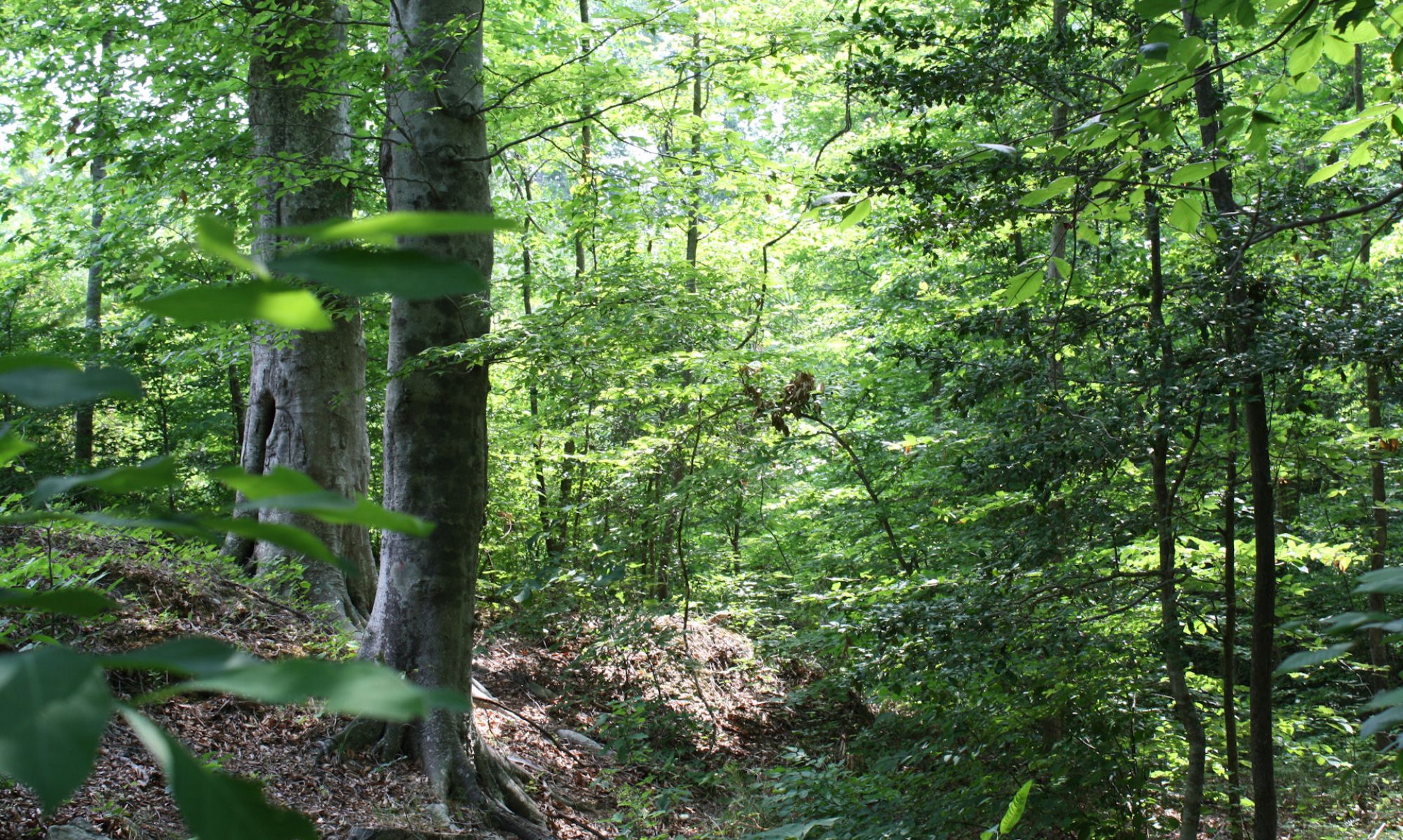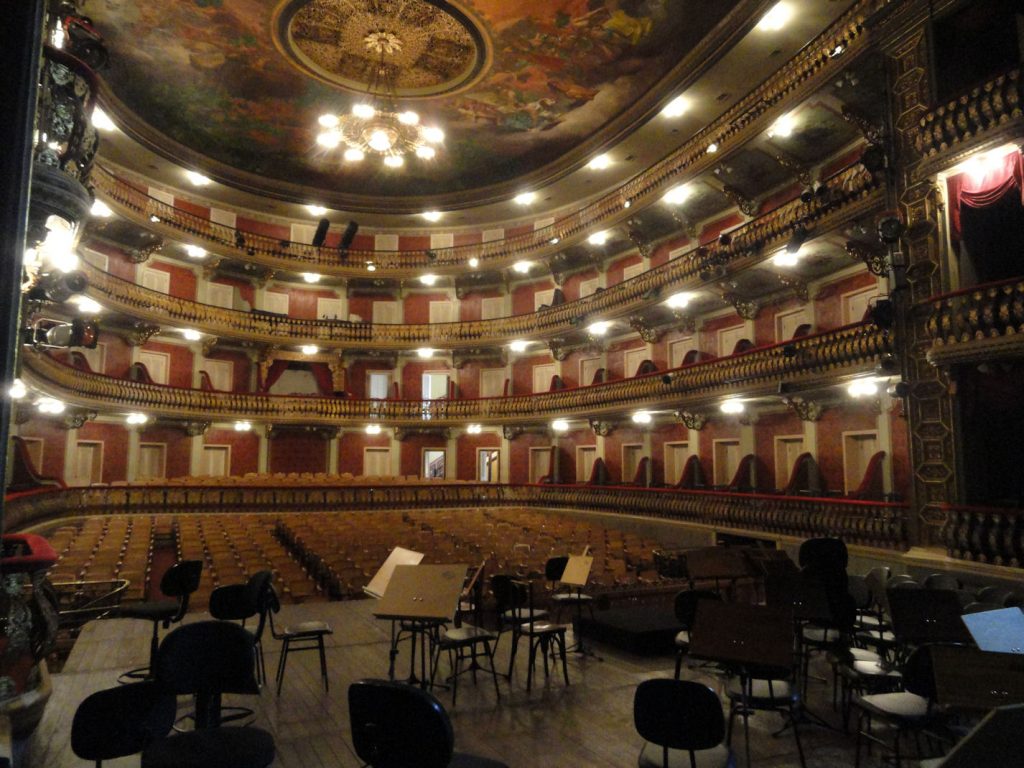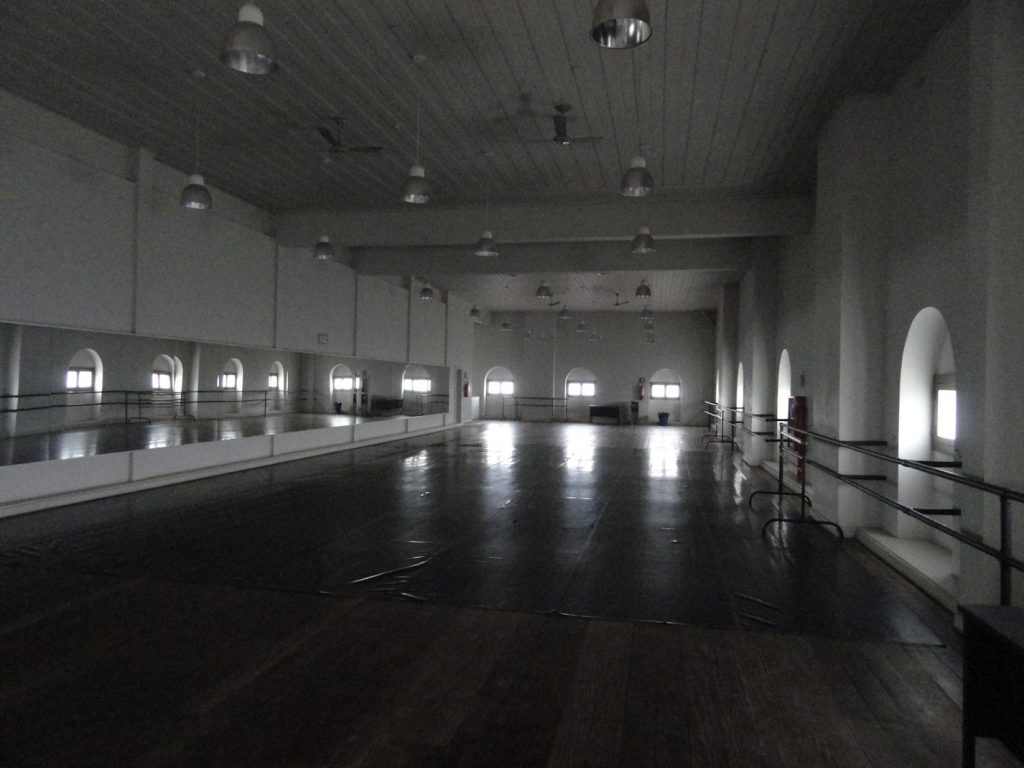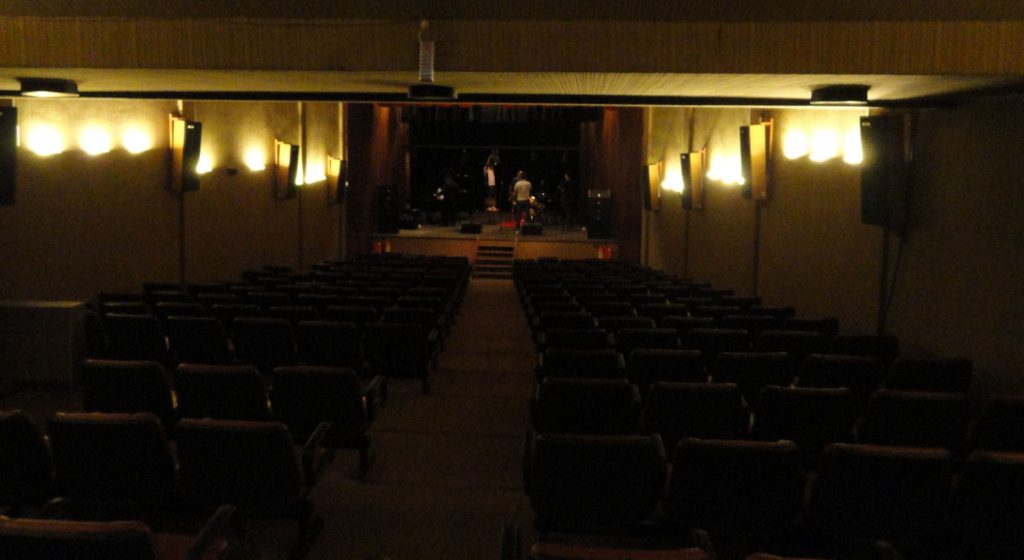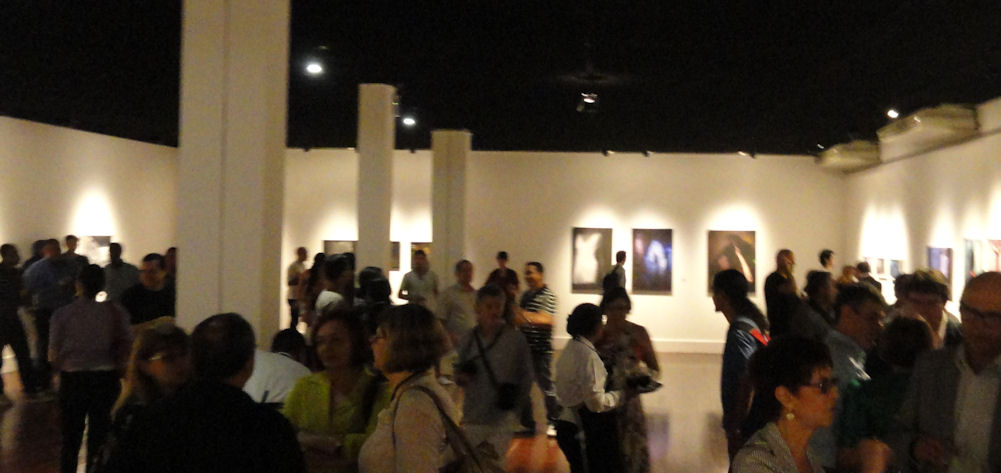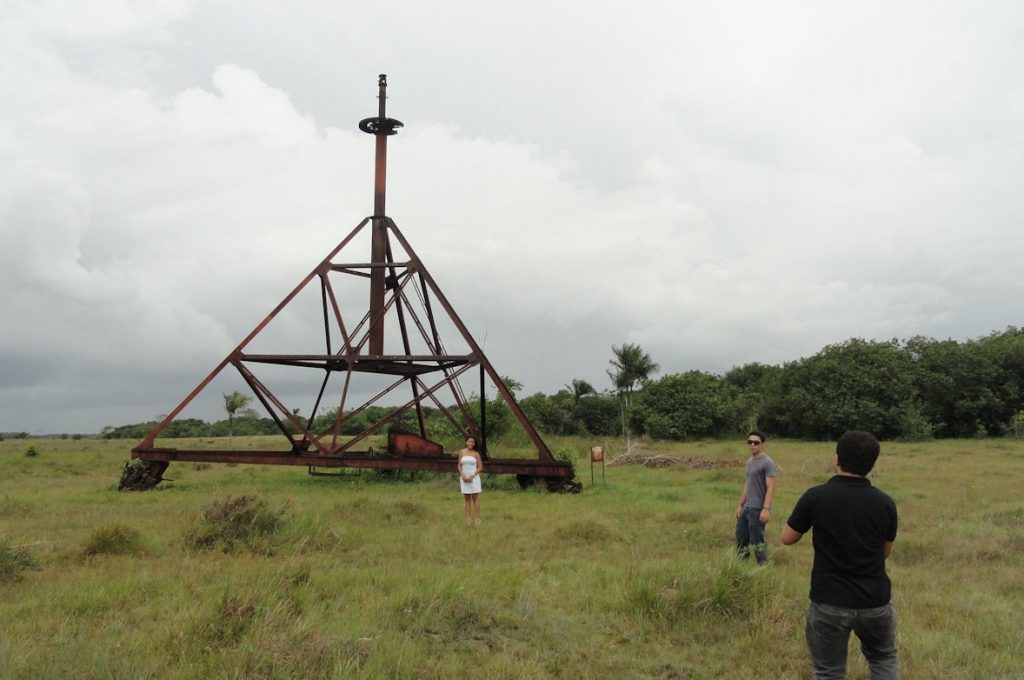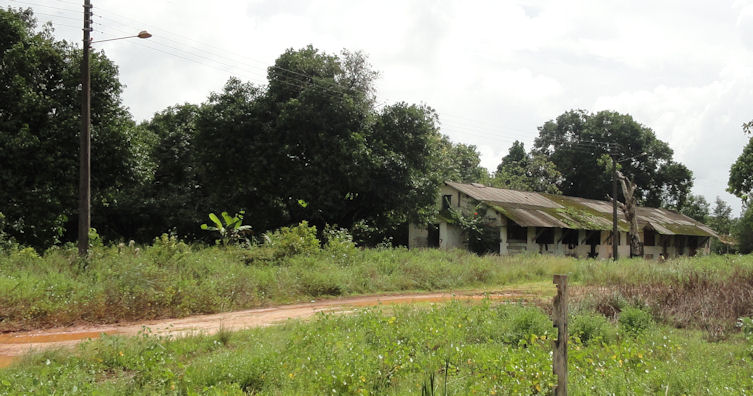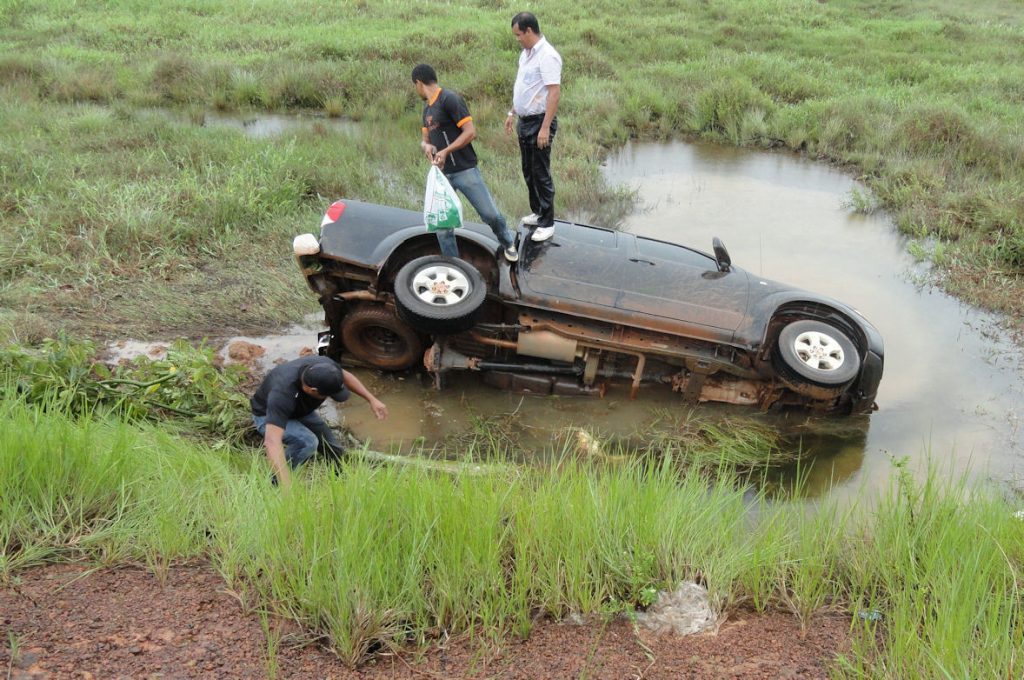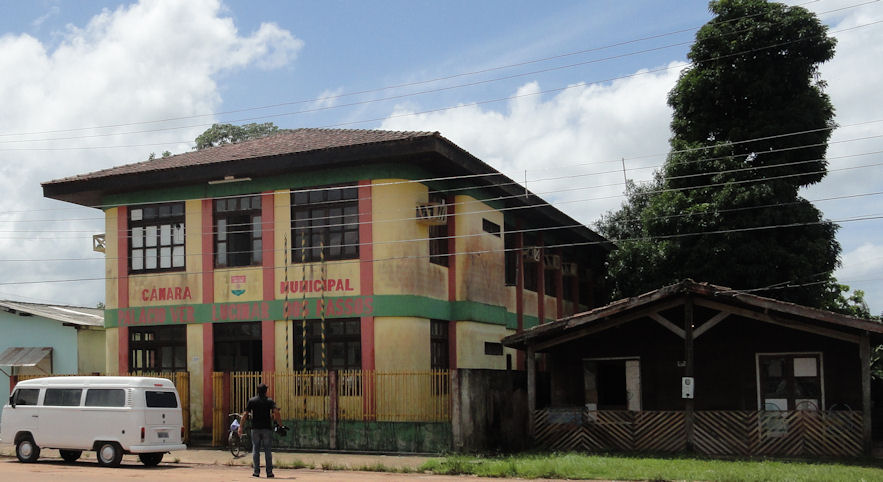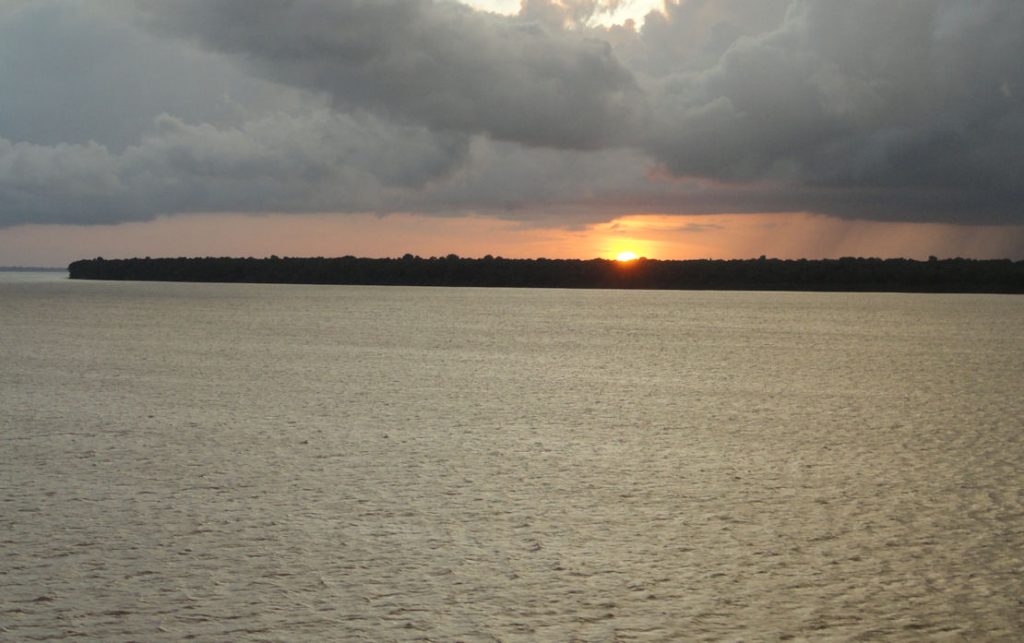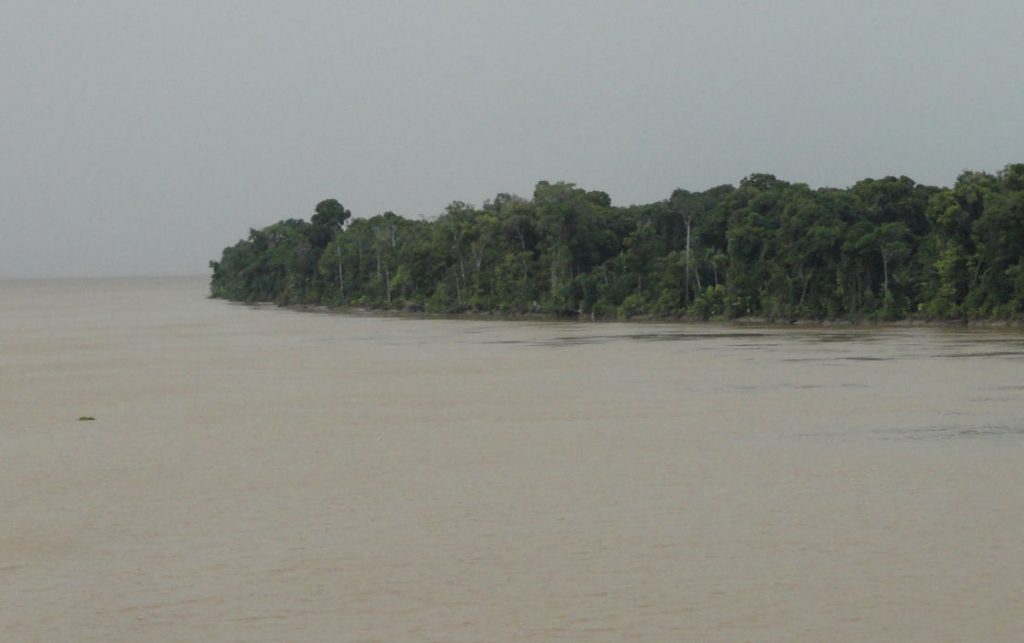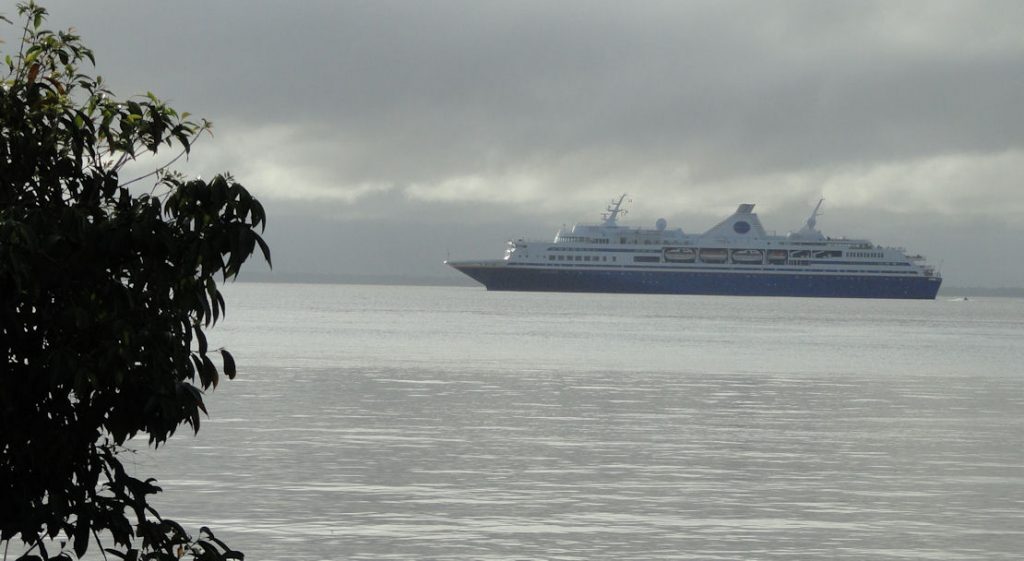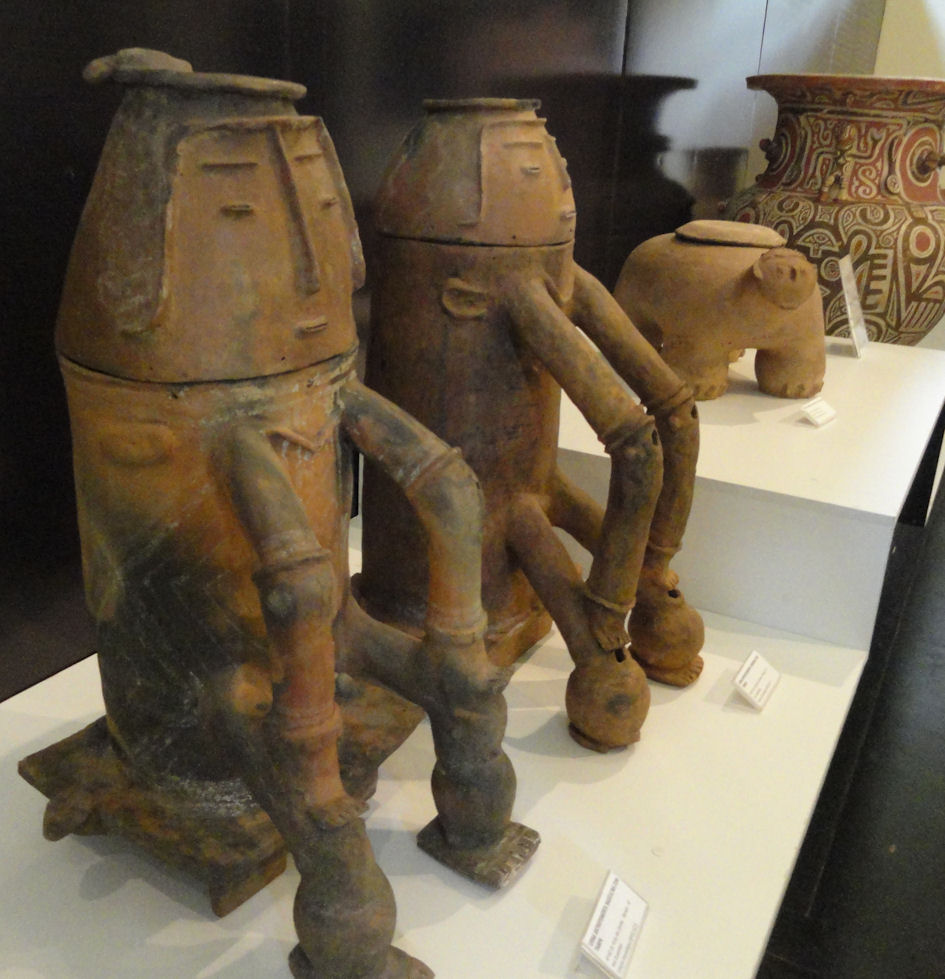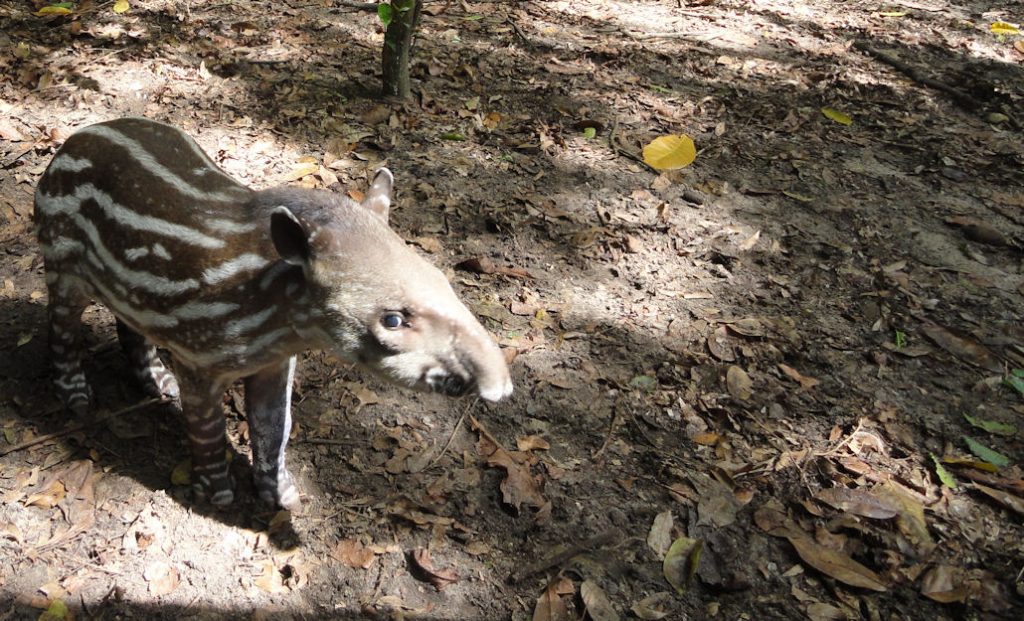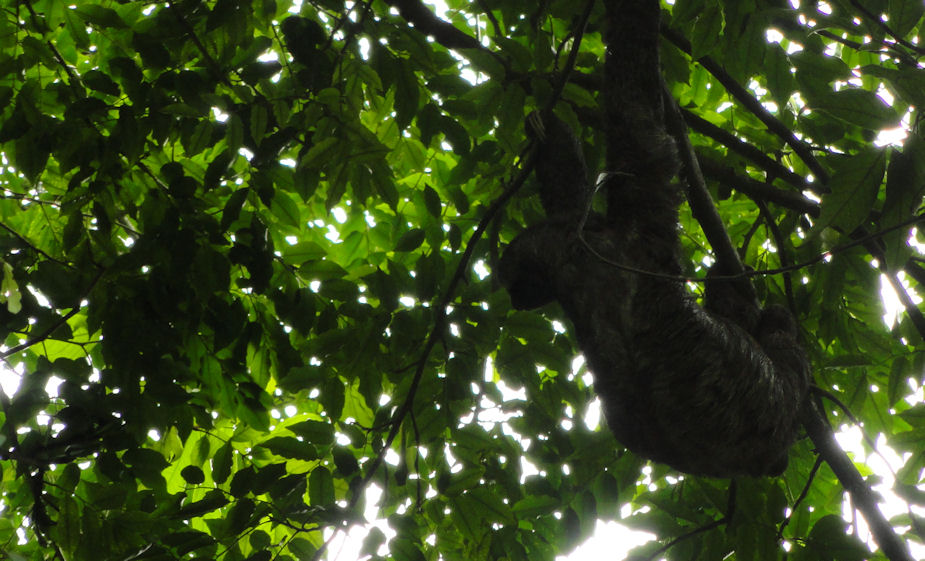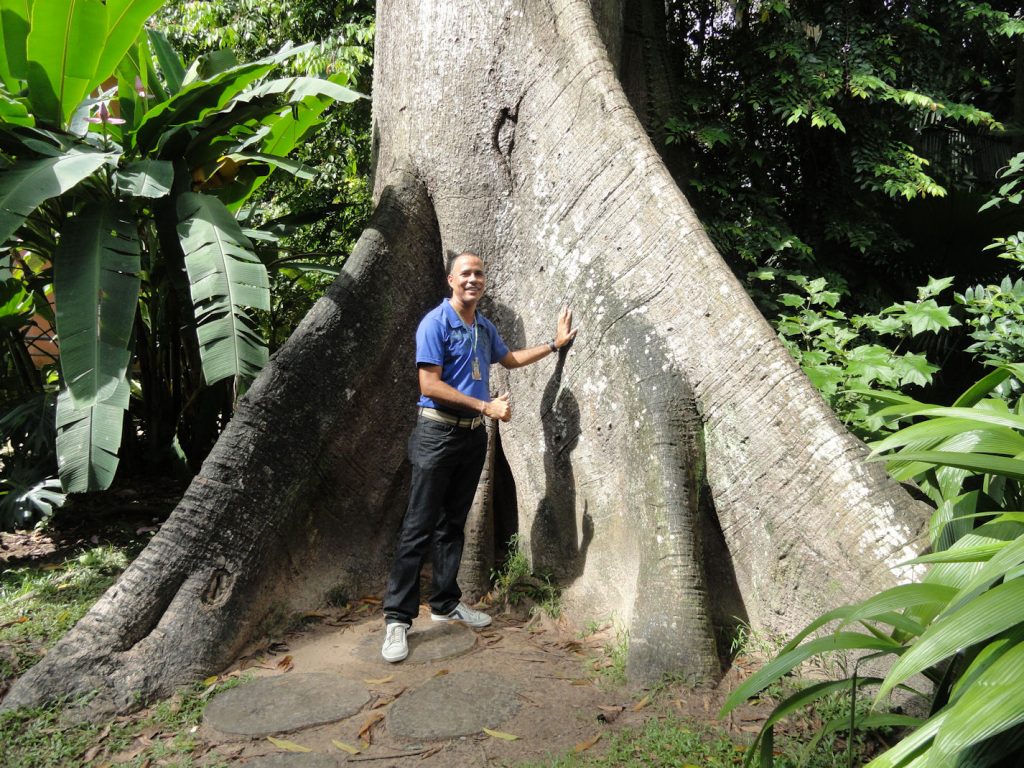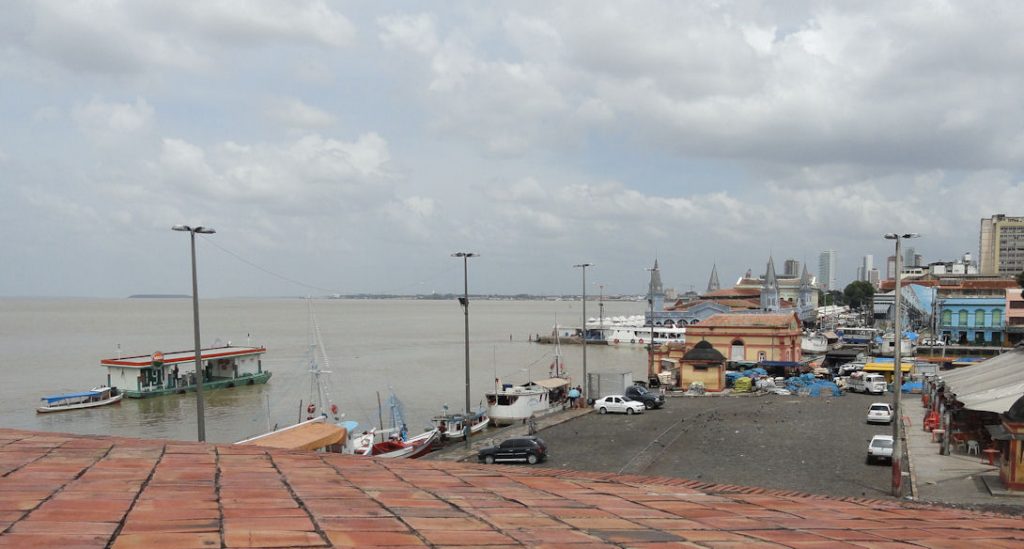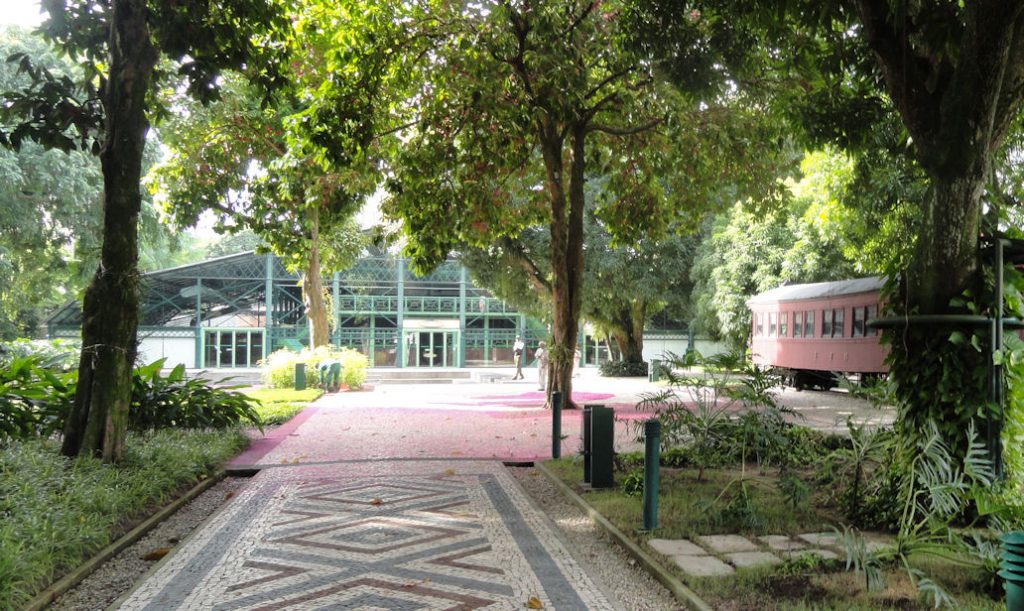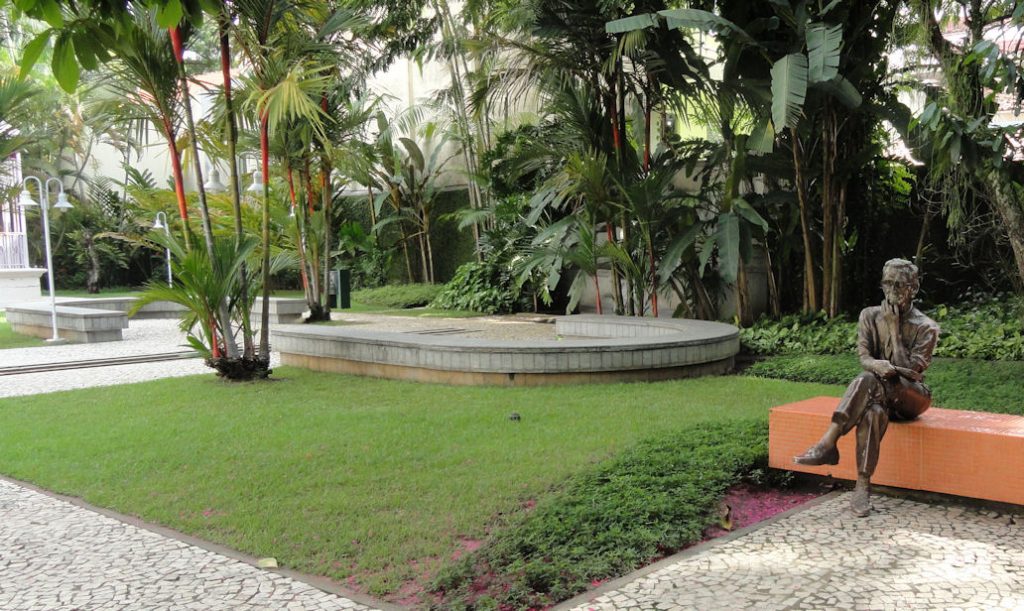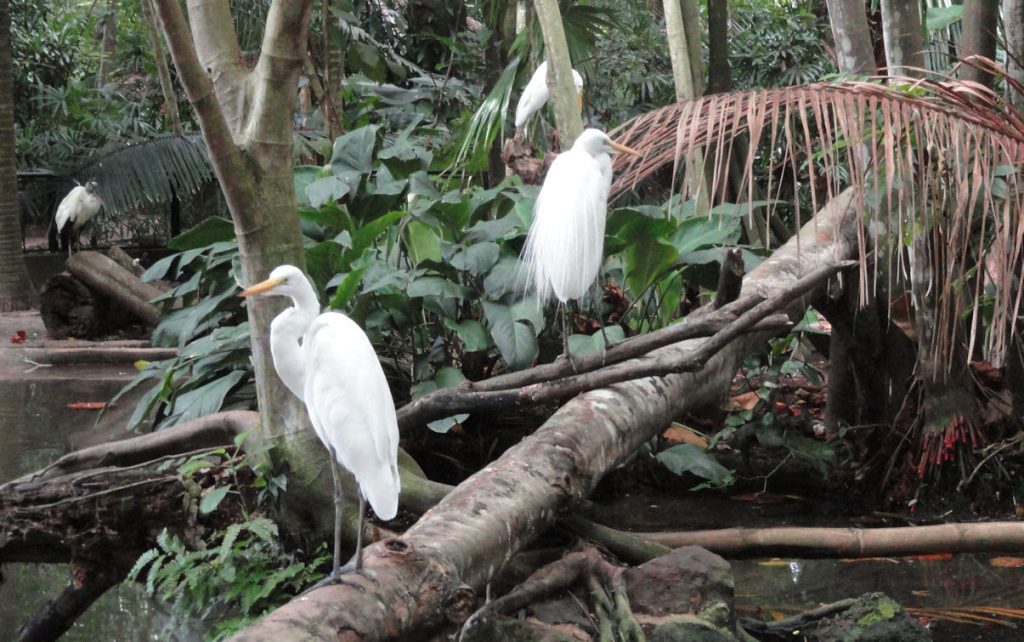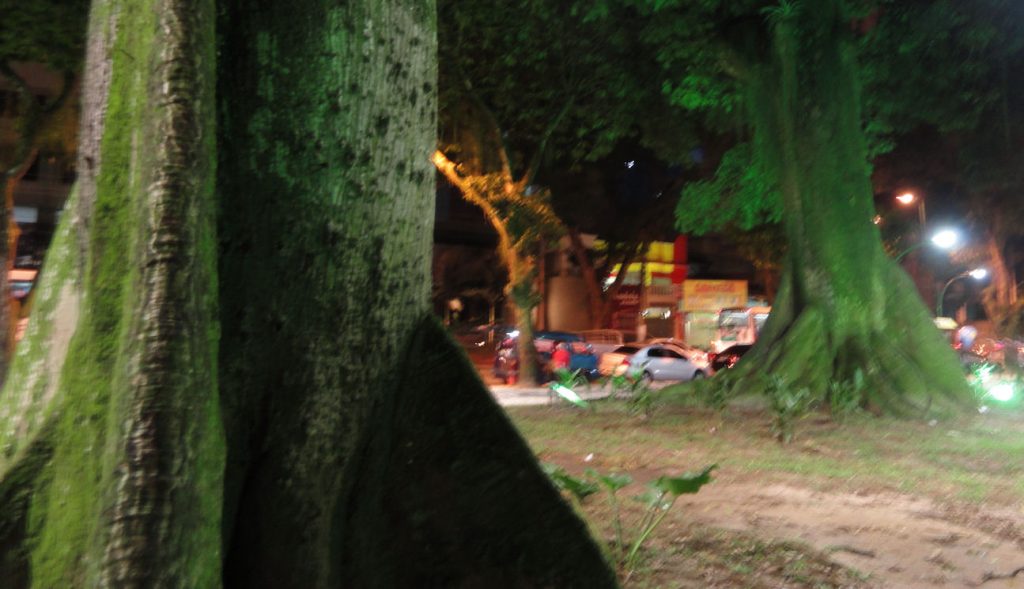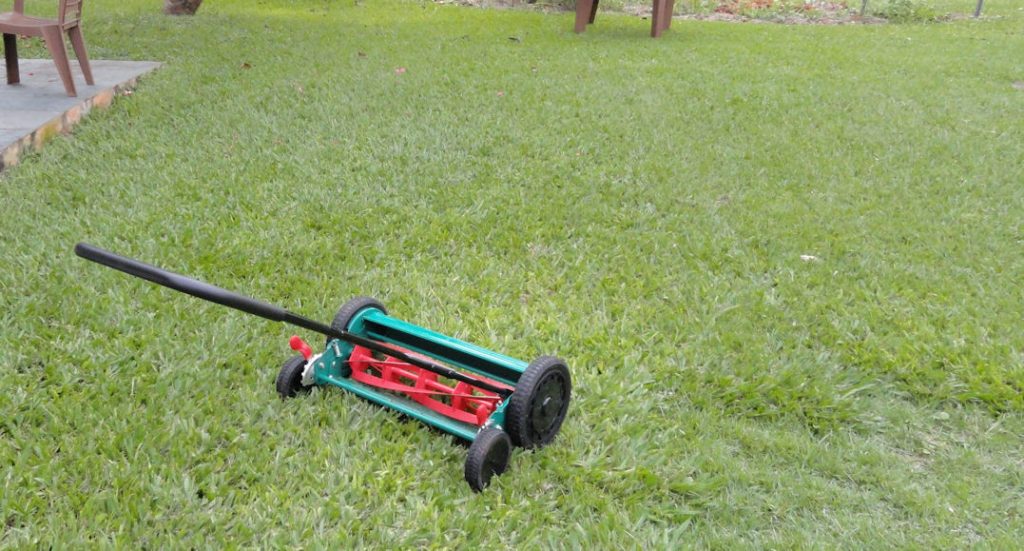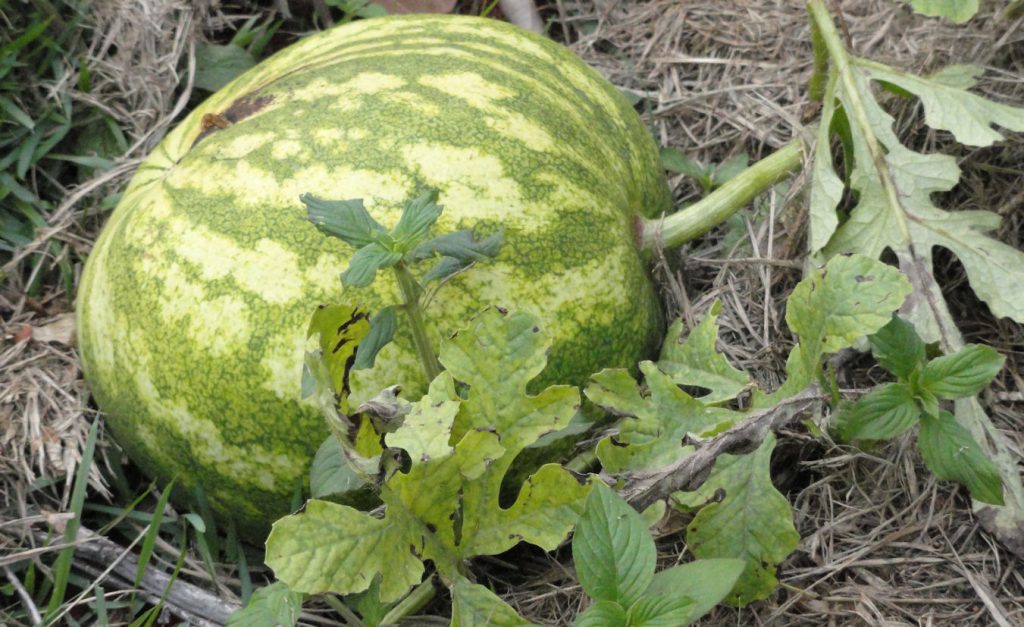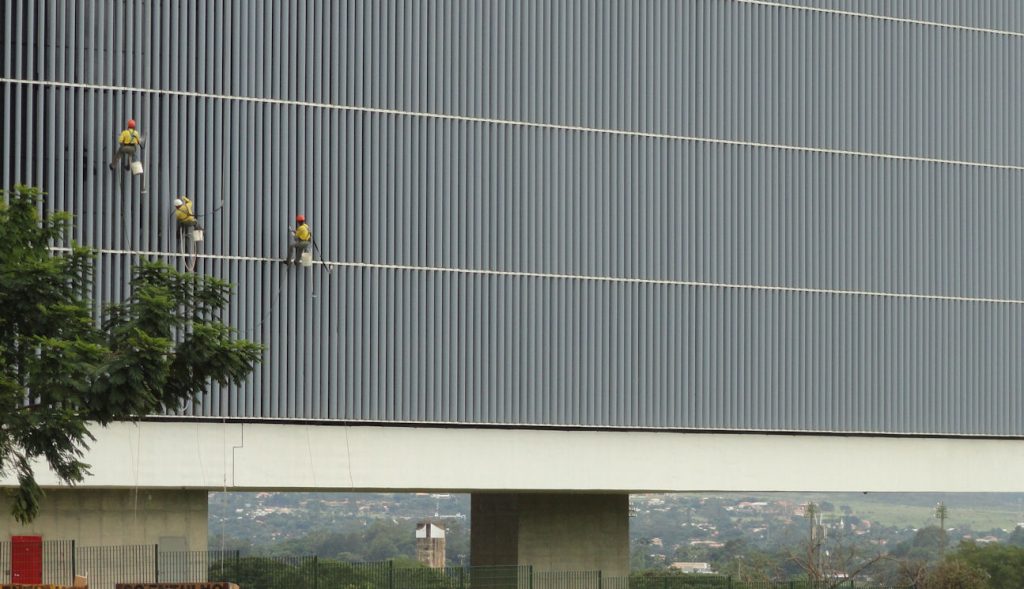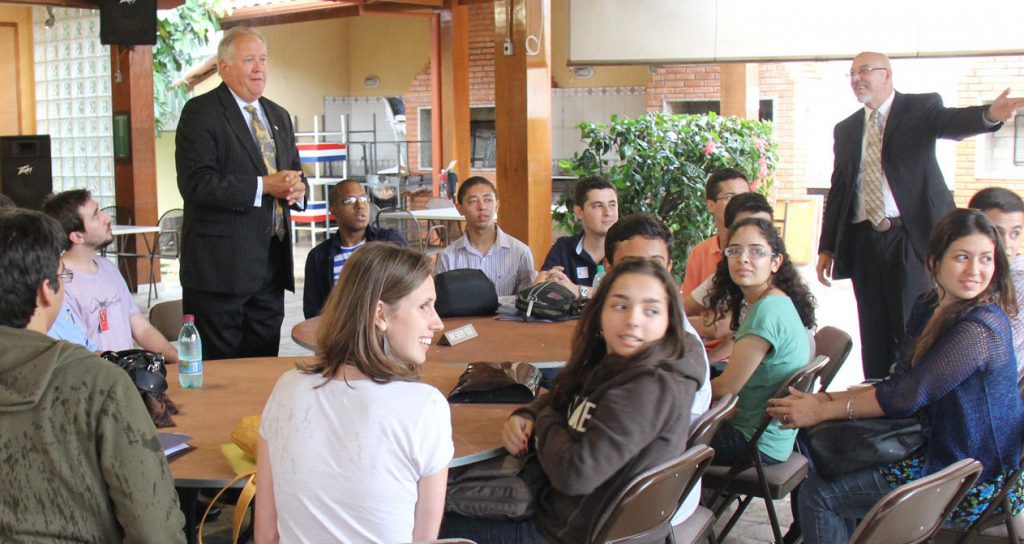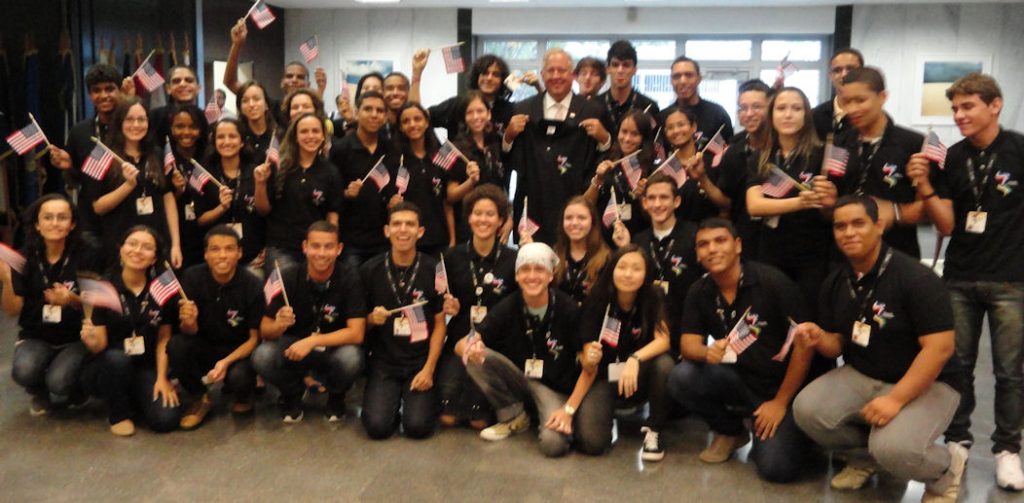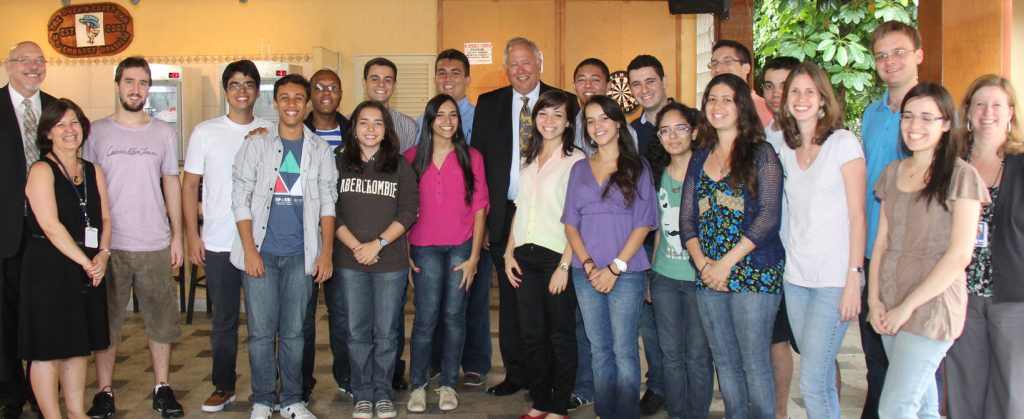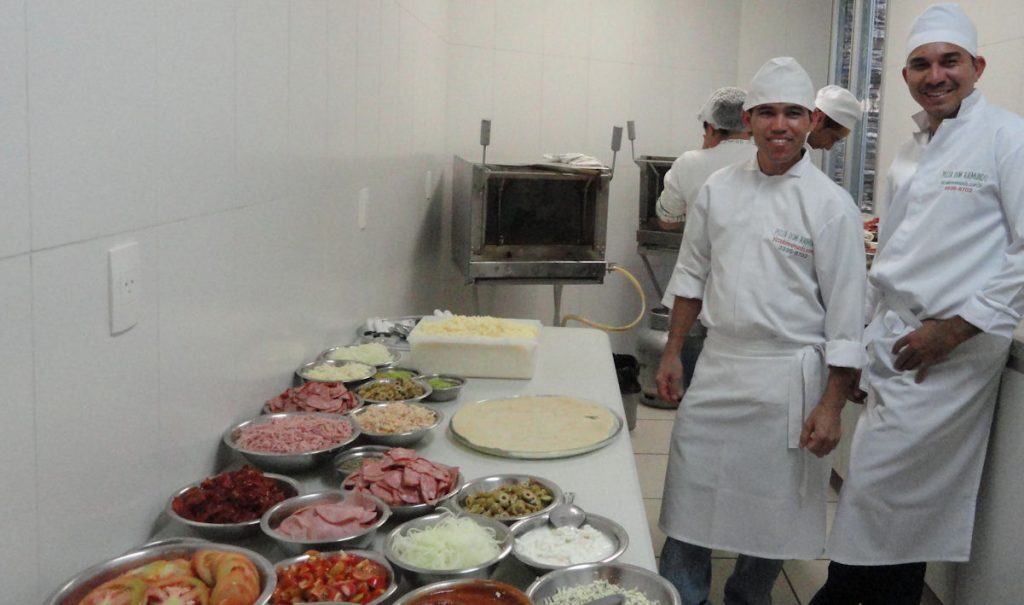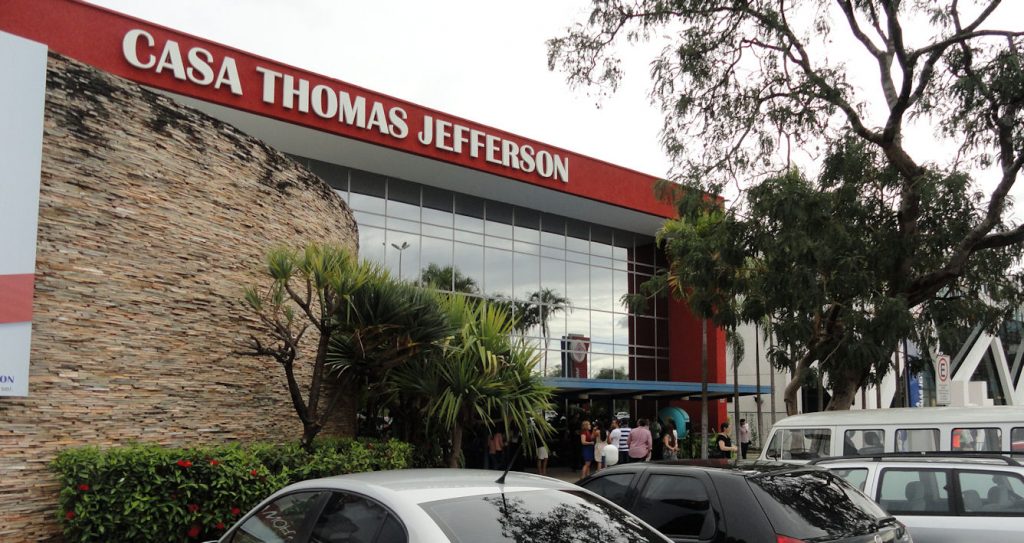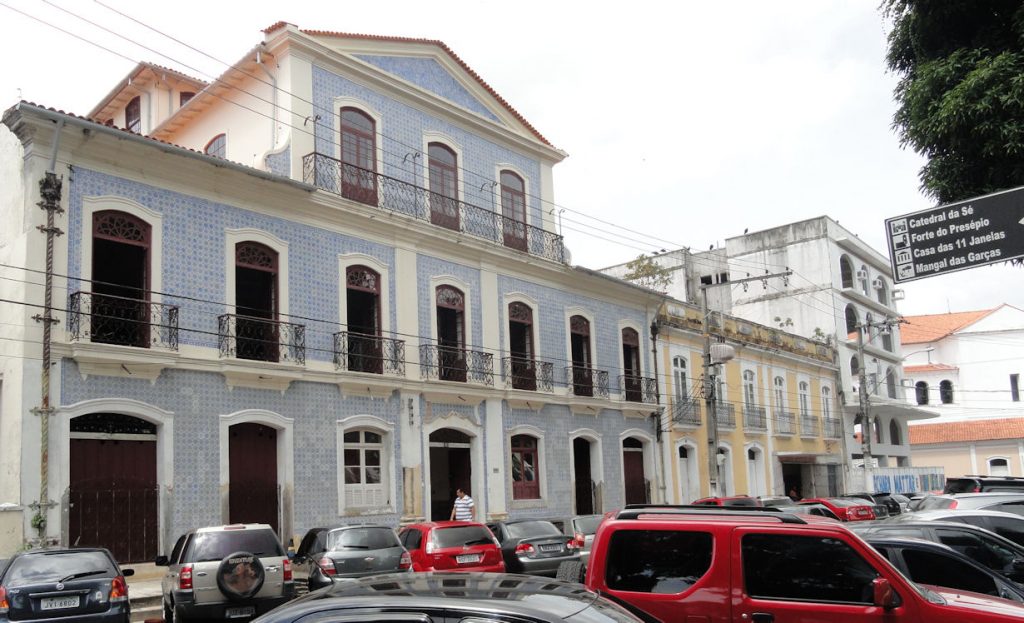
We were nominating the Instituto Geográfico e Histórico do Pará for a grant to renew & restore their document collection, so due diligence required that we go there in person to look around. Things often look different on a paper proposal than they do when you see them in person. The need and the utility are there, as is the potential to make things better. They have a large collection of paper documents describing all sorts of transactions as well miscellaneous documents such as the sorts of notices they used to post for the general public, some centuries old. They are not in a terrible condition, but also not good and threatened. This is a very humid climate. Many of the documents look good, but it would not be good to handle them too much. The Institute will file, restore and most importantly make electronic copies of the documents. Documents that you cannot access are not more useful than documents that don’t exist.
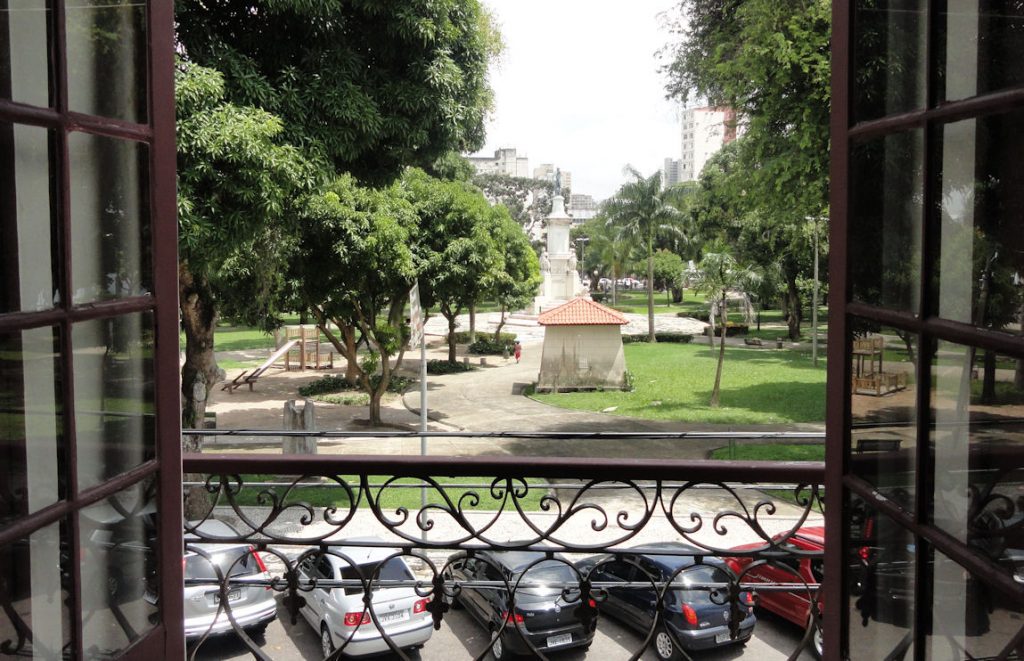
The documents are not the only things that need restoring. The Institute is housed in a building that is still very elegant but in a “seen better days” way. The location is great as you can see from the picture above.The place used to be owned by a rich and influential local citizen and the Institute used to be the go-to place for records and research in Pará. The rich guy died; universities and other institutions took up most of the research work. But it remains one of those places that good cities revere and protect. It has a board of directors of influential local citizens and will one day – probably soon – again be a very pleasant local center. Restoration is being done on the building and the furniture inside, as you can see below.
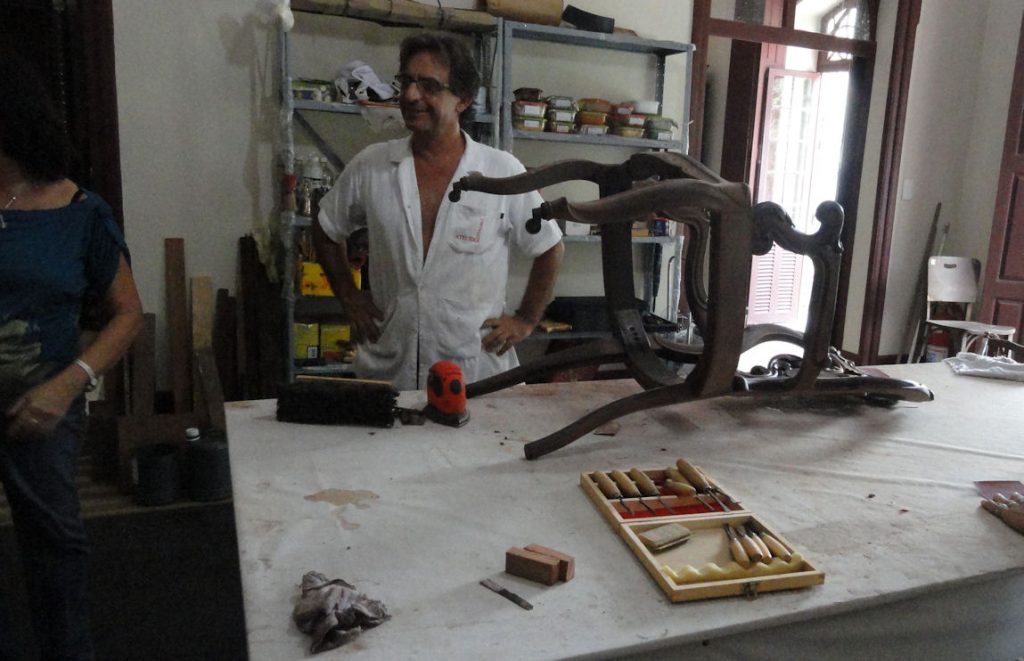
All this made me think of how buildings and institutions work. Sometimes we would just like to preserve them and there is a school of thought that we should set these sorts of places aside, museum like, protected. I disagree. IMO historical buildings are like Stradivarius violins. They have to be used or else they decay and lose their value. This means renewing, restoring and to some extent changing rather than preserving like a fly in amber. That fly is dead. It is important that cities be full of life. Homage to the past doesn’t mean giving up the future. Things must be constantly renewed and protected against the forces of destruction. Below you can see the evidence of one of those big agents of destruction – termites.

Cultural place often supplement their incomes by housing restaurants and cafes. This provides not only some needed cash, but also brings people into the venue and since people appreciate and value what they know and what is familiar, it builds a constituency for culture. The institute has plans for such a project and I encouraged them to pursue it with determination and vigor. We don’t nominate those sorts of commercial projects for grants; there is a kind of prejudice against the profitable, but in the long run a successful operation like that will be worth more than the kindness of strangers as embodied in a grant.
